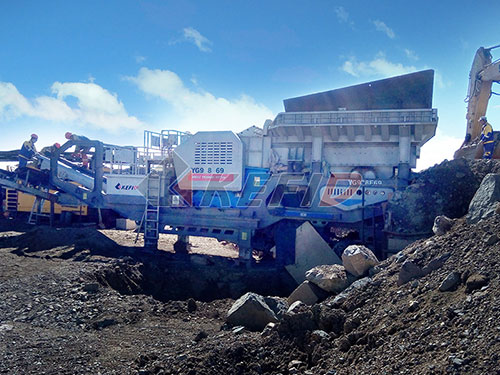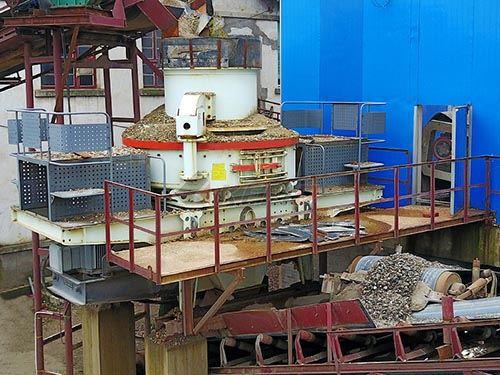The Telsmith 30×55 Jaw Crusher: A Robust Workhorse for Demanding Primary Crushing Applications

In the demanding world of aggregate production, mining, and recycling, primary crushing forms the critical first step in reducing large feed material into manageable sizes for downstream processing. Selecting the right primary crusher is paramount to operational efficiency, productivity, and long-term cost-effectiveness. Among the stalwarts in this field stands the Telsmith 30×55 Jaw Crusher, a machine renowned for its robust construction, reliable performance under heavy loads, and versatility across diverse materials.
This article delves into the engineering prowess, key features, operational capabilities, and ideal applications of the Telsmith 30×55 Jaw Crusher (also commonly referred to as the Telsmith 3055), providing a comprehensive overview of why it remains a preferred choice for operators tackling substantial primary crushing tasks.

Foundations of Strength: Design Philosophy
Telsmith has built its reputation over decades on designing crushers that prioritize durability and longevity under punishing conditions. The 30×55 embodies this philosophy through its core design elements:
1. Heavy-Duty Frame Construction: Fabricated from high-strength steel plate or high-quality cast steel (depending on model year/specific configuration), the frame provides an exceptionally rigid foundation capable of absorbing immense crushing forces without distortion or fatigue failure over time.
2. Robust Pitman Assembly: The pitman is the heart transmitting motion from the eccentric shaft to the moving jaw die. In the 3055 design, it features heavy-duty roller bearings at both ends – large-diameter bearings specifically chosen for their superior load-carrying capacity and extended service life compared to alternatives like bronze bushings.
3. Spherical Roller Bearings: Critical components like the eccentric shaft bearings are typically large-bore spherical roller bearings known for their ability to handle heavy radial loads combined with significant misalignment tolerance – crucial in an application generating substantial vibration.
4. Reinforced Cheek Plates: Thick cheek plates flanking both sides of the jaw dies protect critical frame components from wear caused by material impact and abrasion during feeding.
Specifications & Dimensions
Feed Opening: Approximately 30 inches wide by 55 inches long (762 mm x 1397 mm). This generous opening allows it to accept large feed material typical of quarry run or blasted rock.
Maximum Feed Size: Dependent on material characteristics (hardness, density) but generally capable of handling

Leave a Reply